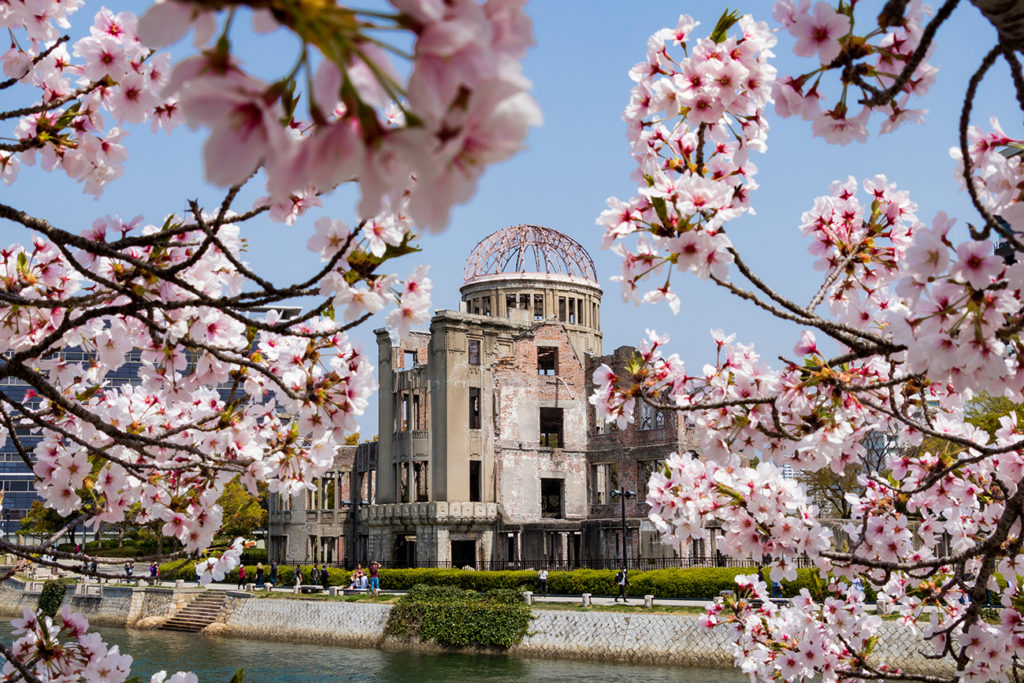
Hibaku Jumoku: The Atomic-Bombed Trees of Hiroshima
World War II brought forth devastation unlike any other when on August 6, 1945, an atomic bomb was dropped on Hiroshima. A second bomb was dropped on Nagasaki on August 9. The effects killed 90,000 to 166,000 people in Hiroshima alone.
Japan surrendered to the Allies only six days after the bombings. This event led to Japan adopting the Three Non-Nuclear Principles that forbids Japan from using nuclear armament.
Some buildings in Hiroshima were built to withstand earthquakes: their structure did not collapse even if they were close to the hypocenter of the blast. But the destruction to the Japanese people and most of the landscape are forever imprinted in history. Very few people from Hiroshima who witnessed the tragedy are still living. Buildings are lifeless structures that became cold and hollow over time, but a miracle that survived the horrors of death are the “hibaku jumoku,” some trees in Hiroshima.
The Weeping Willow, 14 Motomachi, Naka-ku
This tree was closest to the hypocenter of the atomic blast. It is located north of the T-shaped Aioi Bridge.
The bridge was used as the target of the atomic bomb because of its unique shape and location at the center of Hiroshima. The willow tree fell when the bomb hit, but its roots survived and soon new buds sprouted.
Camphor Trees, 7-24 Nacamachi, Naka-ku
Three camphor trees survived the blast at the Shirakami Shrine. Everyone at the shrine died on that fateful day and the trees burned, but the roots survived.
Kurogane Hollies, 21 Motomachi, Naka-ku
Three A-bombed kurogane trees are located at Honmaru Castle’s main compound. The building that was used as the Imperial Headquarters during the Sino-Japanese War was completely destroyed, but the trees survived.
Cherry Trees, 1-6-34 Kokutaiji-machi Naka-ku
Three cherry trees survived the bombing in the Hiroshima city hall, two on the north side and one on the south side. The old city hall was burned, but it was still used as a makeshift first aid station after the blast.
Eucalyptus Tree and the Pussy Willow Tree, 21 Motomachi, Naka-ku
Two majestic trees at Ninomaru, Hiroshima Castle, survived the blast. The eucalyptus tree is 740 meters from the hypocenter.
It broke during a typhoon in 1971 but sprouted again. The pussy willow tree is 770 meters from the hypocenter. It bears a scar from the blast but it remains standing.
These are just a few of the trees that stand as silent witnesses to man’s destructive tendencies. Yet they are also reminders of past mistakes, the strength of resilience, and the hope for another chance to make the world a better place.
